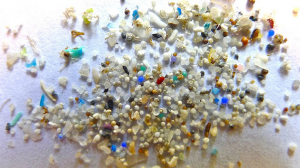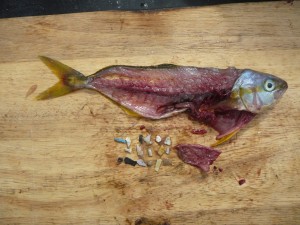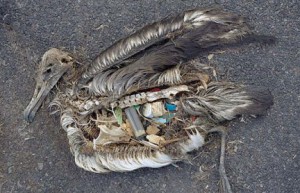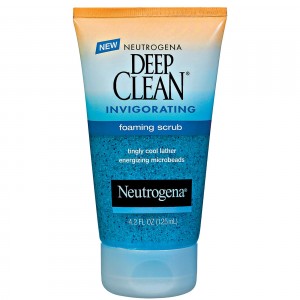Written by Beth Byrne, Sea Watch Foundation Research Intern & Home-based Volunteer, 2015.
There is nothing nicer than a hot relaxing bath, candles burning, music playing and wonderful exfoliating scrub. However, how would you feel if that bath was poisoning the ocean? Microbeads are tiny plastic balls, used in face & body scrubs and toothpastes, which are washed directly down the drain and into our water systems, where they harm our waterways and the animals that live there.
BEAT THE MICRO BEAD A film by the Plastic Soup Foundation & The North Sea Foundation.
There are approximately 5.25 trillion pieces of plastic in the world’s oceans. 92% of which are microplastics, which cannot be filtered out at water treatment plants and freely flow into our oceans.
Microplastics are defined as plastic pieces or fibres measuring less than 5mm, however, the microbeads found in personal care products are almost always smaller than 1mm. The composition of microbeads can vary and often include; polyethylene (PE) or polypropylene (PP) polyethylene terephthalate (PET), polymethlyl methacrylate (PMMA), or nylon….blah blah blah….bottom line, it’s all plastic!
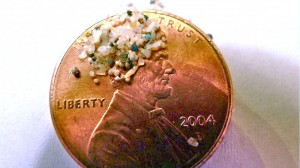 When in the sea, plastics can also absorb toxic chemicals, such as pesticides, flame retardants and motor oil ect., becoming increasingly harmful over time, a single microbead can be up to a million times more toxic than the water around it. Poisonous plastic can enter the food chain, especially microbeads which are about the same size as fish eggs, meaning that essentially, they look like food. We are even potentially harming ourselves, as the bioaccumulation of toxic plastic moves through the food chain to the fish we eat. Read more about bioaccumulation in Steph’s blog…Plastic, it’s not fantastic.
When in the sea, plastics can also absorb toxic chemicals, such as pesticides, flame retardants and motor oil ect., becoming increasingly harmful over time, a single microbead can be up to a million times more toxic than the water around it. Poisonous plastic can enter the food chain, especially microbeads which are about the same size as fish eggs, meaning that essentially, they look like food. We are even potentially harming ourselves, as the bioaccumulation of toxic plastic moves through the food chain to the fish we eat. Read more about bioaccumulation in Steph’s blog…Plastic, it’s not fantastic.
So, probably without knowing, most people contribute daily to the “Plastic Soup” by scrubbing your body, brushing your teeth or washing your face, because the plastic microbeads inside these products will be washed down the drain. One of the problems is, these beads are so small, often you can barely see them! Even I, an environmentally aware, geographer and conservationist has found myself staring at the little beads in my body wash, alarmed that I didn’t know they were there when I bought it! I literally watched, distraught, as hundreds of tiny plastic pollutants swirled down my drain.
How plastic microbeads are causing big problems A film by LUSH Cosmetics.
So, what can we do?
Firstly, we need to educate ourselves on what products contain microbeads, as labels can be extremely confusing! Download “Beat the Microbead” an app that allows consumers to search or scan the barcode of our personal care items and gives a warning of those that contain microbeads.
Secondly, help support charities and campaigns like; 5Gyers, Beat the Microbead, Plastic Soup Foundation and Surfers Against Sewage (these are only a few, see a full list at Beat The Microbead) who are working towards banning companies from making these products, stopping retailers from selling the products and encouraging consumers to stop buying these products. 5Gyers found that one bottle of Neutrogena’s Deep Clean contained 360,000 microbeads. So, literally…every bottle counts!
So let’s be aware of what we are using on our skin and putting down our drain. Let’s stop using products that contain microbeads and encourage others to do so as well.
#BanTheBead
Download the Beat the Microbead app now!
References and useful links:
www.storyofstuff.org/plastic-microbeads-ban-the-bead/
www.sas.org.uk/issues/marine-litter/
www.npr.org/2014/05/21/313157701/why-those-tiny-microbeads-in-soap-may-pose-problem-for-great-lakes
www.theguardian.com/sustainable-business/microbeads-cosmetics-gyres-plastics-pollution-makeup
www.plasticsoupfoundation.org/en/2015/05/help-us-beat-the-microbead/
www.sailorsforthesea.org/resources/ocean-watch/bioaccumulation

